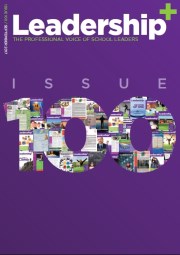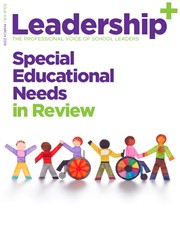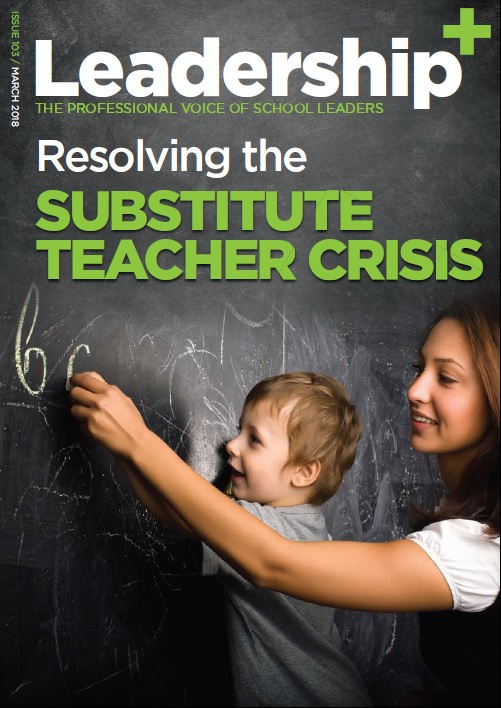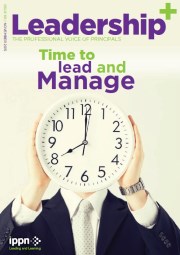22nd October 2004 - Primary Principals offer 'dig out' to Minister Hanafin
- Last Updated: Friday, 22 October 2004 01:00
Primary Principals offer 'dig out' to Minister Hanafin
Today, the Irish Primary Principals' Network (IPPN) is offering Minister Hanafin a solution to the ongoing crisis of resourcing Special Education Needs (SEN) in Primary Schools. In the last five years, five different systems have been attempted to provide resources to Primary Schools for SEN. All of these systems have two things in common - they did not work and Principals were not consulted in their design. IPPN offers the Minister both the expertise and experience of Principal Teachers in resolving this unacceptable situation.
Getting the balance right needs a deep understanding of the complex situations that are found in the huge diversity of school size and type. Like the Health System, it's not just about more money, it's about putting in place appropriate systems which are both implementable and equitable - something that cannot be said about Minister Dempsey's 'Weighted Model' last June. IPPN has researched best practice in the resourcing and managing of SEN. The weighted model has several key anomalies which will lead to further rounds of litigation. We cannot afford to waste more time and money in the courts when everyone is in agreement about the fundamental rights and responsibilities. Yes, Principals have a vested interest in devising a system that works - we just want to get on with the serious business of educating the most vulnerable children in our schools.
Seán Cottrell, Director, IPPN, 1890 21 22 23 & 086 6478717
12 Key difficulties with Minister Dempsey's 'weighted model' for SEN Resources
1. Circular 09/04 refers to a 'weighted system' of teacher allocation for SEN. This is actually a misnomer, as it is really just using pupil ratios which amount to nothing more than a blunt 'quota system'. A true weighted system would imply each individual child's educational needs to be given a points rating relative to the degree of their learning disability / impairment.
For example a school with 140 children following assessment may have a number of children awarded various points ratings appropriate to their disabilities. This would lead to some children being equated to a staffing value of 1.5, 3, 4 or 5 'regular' children based on their additional teaching and learning needs and the challenge they present in a main stream classroom. Consequently the total enrollment value of the school may amount to 195 which would then determine the overall staffing level. This is what a weighted system is about. Circular 09/04 involves nothing other than a quota.
2. There appears to be a conflict of interest between Circular 9/04 and the impending legislation re education for people with SEN. The Bill emphasises the individual's entitlement to assessment, education plans etc. Applying resources on a quota basis where many schools total resourcing is going to disimprove, will not be compatible with the Bill's intentions. Has the DES considered the full legal implications of this new 'quota system' in light of the Education for Persons with Special Education Needs Bill and The Equal Status Act 2000.
3. Children who are in the category of 'mild general learning disability' appear to be discriminated against by Circular 09/04 in so far as it will not be possible to implement the professional recommendations made by psychologists in their regard given that their resourcing will only be accessed through the new quota system.
4. The new quota system will require principal teachers to make several decisions re allocation of resources to children with SEN which heretofore were determined by psychologists and other SEN professionals. While it maybe convenient for the DES, is it professionally appropriate, or indeed fair, that principal teachers are required to make such decisions? Will such decisions stand up to parental (legal) challenge?
5. Whilst it may be an accepted belief that there is a higher incidence of SEN in boys than in girls, the current quotas for SETs in boys' schools and girls' schools appear rather skewed. Given that mixed schools are on a quota of 150 pupils per SET, boys' schools are on a quote of 140 per SET, statistical logic would suggest that girls' schools would have a quota of 160 for an SET. However, the DES quota for girl's schools is set at 200. This appears to be way out of balance given that the number of girls and boys in the population of primary school pupils is more or less 50 / 50. Under The Equal Status Act will the quotas referred to in 09/04 stand up to challenge?
6. The structure of the new quota system is discriminating between urban and rural schools in the Giving Children an Even Break (GCEB) scheme. Circular 09/04 offers schools in the urban GCEB category the 80:1 quota per SET, whereas schools in the rural GCEB category are treated differently and allocated an SET per 150 children. What is the rational for having two different SET pupil quotas for disadvantaged children based on their rural -v- urban background? Does a child, e.g. with reading difficulty, have different special education needs dependent whether they live in the rural west of Ireland or in one of the urban centers?
7. ADHD and Downes' Syndrome: Are both of these conditions included under the low incidence category 'Assessed Syndrome'? What other syndromes are included under this category?
8. Why are traveller children also excluded from consideration in determining the overall enrolment for purposes of calculating weighted (quota) level of resources? Excluding traveller children and special classes is contrary to the recommendations of the SERC report and established custom and practice.
9. The new quota system creates the role of SET (replacing LSTs and RTs) which are allocated by pupil quota and supplemented by additional hours for low incidence SEN. So far it is evident that small schools (which are in the majority) are going to end up with less teachers / teaching hours for children with SEN than under the current system. Several schools report significant staffing disimprovements. Why is a system which the DES promised would reduce bureaucracy / waiting times etc having the net result of cutting staffing levels in small schools? The current system has its faults but at least it provided a level of resourcing for small schools on a needs basis. Who will explain to parents that LSTs and RTs are being replaced by SETs - and that their children are going to have less concentrated support? How will the DES defend this reduction of SEN support if legally challenged by parents who have secured existing resources through litigation etc?
10. During the course of the last two years schools have experienced many difficulties when Special Needs Assistants were made redundant. The difficulties arise from the absence of a properly thought out contract for SNAs. The simplistic perspective whereby SNAs are on fixed purpose contracts (i.e. attached to one child only) is completely at variance with best special education and management practice - circular 24/03. Many schools' BoMs have created seniority systems to allow for the appropriate management of SNAs relative to the needs of children with SEN. What is the current policy of the DES regarding seniority of SNAs?
11. What is the point of having a help line for Special Education Needs enquiries when a) the number is either engaged or not answered most of the time, b) it is only available two hours per day and c) nine of the eleven weeks in which the help line is available, schools are on official holiday - standardised by the DES?
12. For children with Mild General Learning Disabilities their admission to Special schools and to Special Classes in mainstream schools requires a Psychological Report. As Circular 09/04 grants resource teaching hours without a psychological report what are the implications of this anomaly for Special Schools and Special Classes?



















































